what are these leaf tissue depressions?
greentoe357
9 years ago
Related Stories
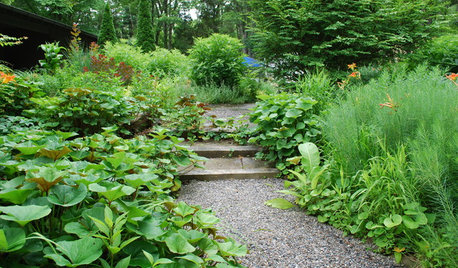
LANDSCAPE DESIGNTour a New American Garden in New Jersey
See how James Golden built his garden in a depression with wet clay and rogue cedars
Full Story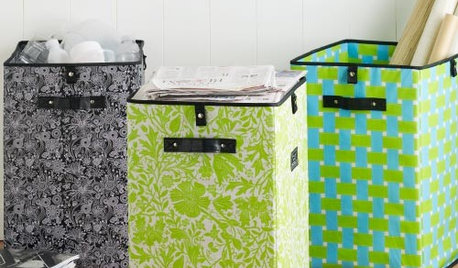
PRODUCT PICKSGuest Picks: Trash Talkin’
With wastebaskets as attractive as these, you may want to let them out of the corner
Full Story
COLOR9 Dark Wall Colors to Suit Your Mood
Tired of light and airy? Try dark and moody for a change; you may be surprised by the moods these colors inspire
Full Story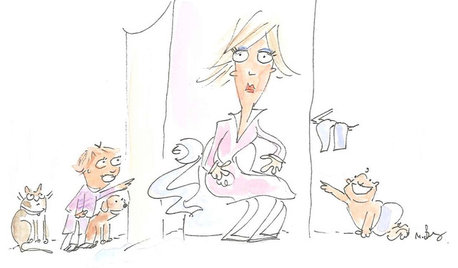
LIFE21 Things Only People Living With Kids Will Understand
Strange smells, crowded beds, ruined furniture — here’s what cohabiting with little monsters really feels like
Full Story
PRODUCT PICKSGuest Picks: Banish the Dorm Room Doldrums
Energize the blank canvas of a basic room with a decorating scheme that's rainbow bright and budget friendly
Full Story0

HOMES AROUND THE WORLDHouzz Tour: Tudor Meets Scandi Style in New Zealand
A South Island stylist borrows Scandinavian tricks to bring light and coziness to her home
Full Story
PETSGarden Alert: 22 Plants to Keep Away From Pets
Avoid potential danger by keeping dogs and cats away from these landscaping and houseplant favorites
Full Story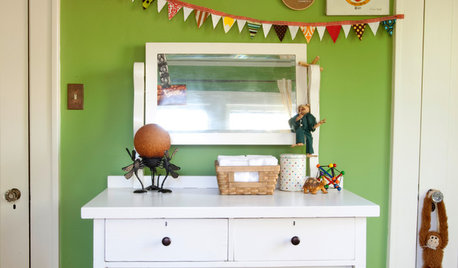
GREENColor Guide: How to Work With Green
With as many green hues as leaves in a forest, it's easy to find one that grows on you
Full Story
SHOP HOUZZHouzz Products: Bling for Your Bath
Elevate your everyday routine with luxe-looking bathroom accents like bedazzled faucets, crystal lights and holders that shine
Full Story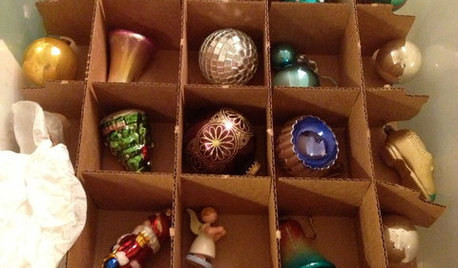
HOLIDAYSChristmas Cleanup Tips for the Not Naturally Organized
Dreading the postholiday chores? First let yourself unwind. Then grab some boxes, a few supplies and this easy guide
Full Story








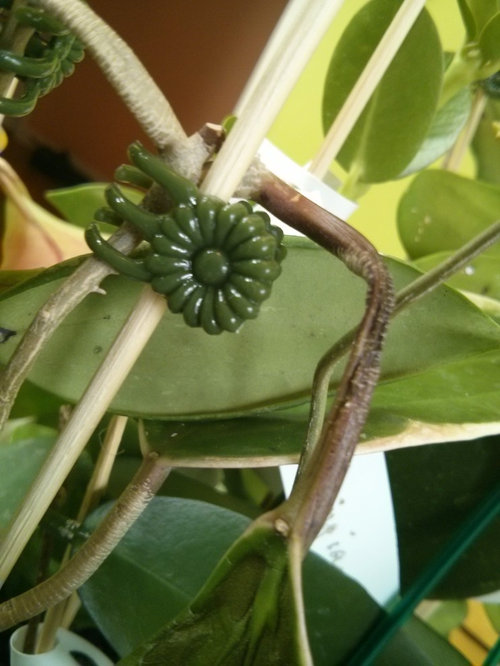

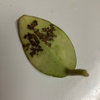
greedygh0st
vermonthoyas
Related Professionals
Cary Landscape Architects & Landscape Designers · Walnut Landscape Architects & Landscape Designers · Peabody Landscape Contractors · Amesbury Landscape Contractors · Beachwood Landscape Contractors · Boca Raton Landscape Contractors · Eagle Landscape Contractors · Old Saybrook Landscape Contractors · Pahrump Landscape Contractors · Shaker Heights Landscape Contractors · Woodburn Landscape Contractors · East Norriton Landscape Contractors · Albany Driveway Installation & Maintenance · Cambridge Driveway Installation & Maintenance · Ocala Driveway Installation & Maintenancegreentoe357Original Author
greentoe357Original Author
greedygh0st
greentoe357Original Author
pirate_girl
greedygh0st
pirate_girl
Denise
Denise
greentoe357Original Author